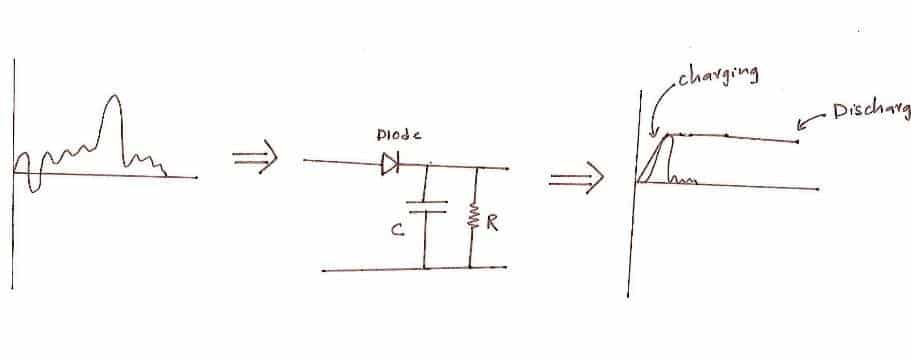Pigi_102
Member level 2
Hello all,
I've found a nice circuit around, for an LM350T variable power supply, and I built it.
Here the link:
https://www.eleccircuit.com/lm350-adjustable-voltage-regulator/
I added a second pot, as indicated in the linked page, for a precision settings, and thus the circuit become this one:

Everything was perfectly working ( voltage regulation and so on ) so basically I havn't made any (big ) mistake.
( In effect I did inverted values for C3 and C4 but it was working fine )
Reading trough the datasheet I've seen that the IC has short circuit protection so I tried to short the output ( I'm a bit disorded on my bench and sometimes it happen to me to have too much stuff on it and the output get shorted ) and immediatelly the LM350 blown.
) and immediatelly the LM350 blown.
Alle the diode were in correct position as per circuit and datasheet
Can someone help me in understanding why it blown ?
Thanks in advance
Pierluigi
I've found a nice circuit around, for an LM350T variable power supply, and I built it.
Here the link:
https://www.eleccircuit.com/lm350-adjustable-voltage-regulator/
I added a second pot, as indicated in the linked page, for a precision settings, and thus the circuit become this one:
Everything was perfectly working ( voltage regulation and so on ) so basically I havn't made any (big ) mistake.
( In effect I did inverted values for C3 and C4 but it was working fine )
Reading trough the datasheet I've seen that the IC has short circuit protection so I tried to short the output ( I'm a bit disorded on my bench and sometimes it happen to me to have too much stuff on it and the output get shorted
Alle the diode were in correct position as per circuit and datasheet
Can someone help me in understanding why it blown ?
Thanks in advance
Pierluigi

